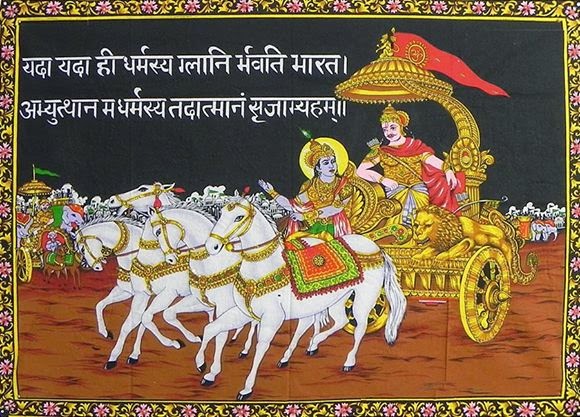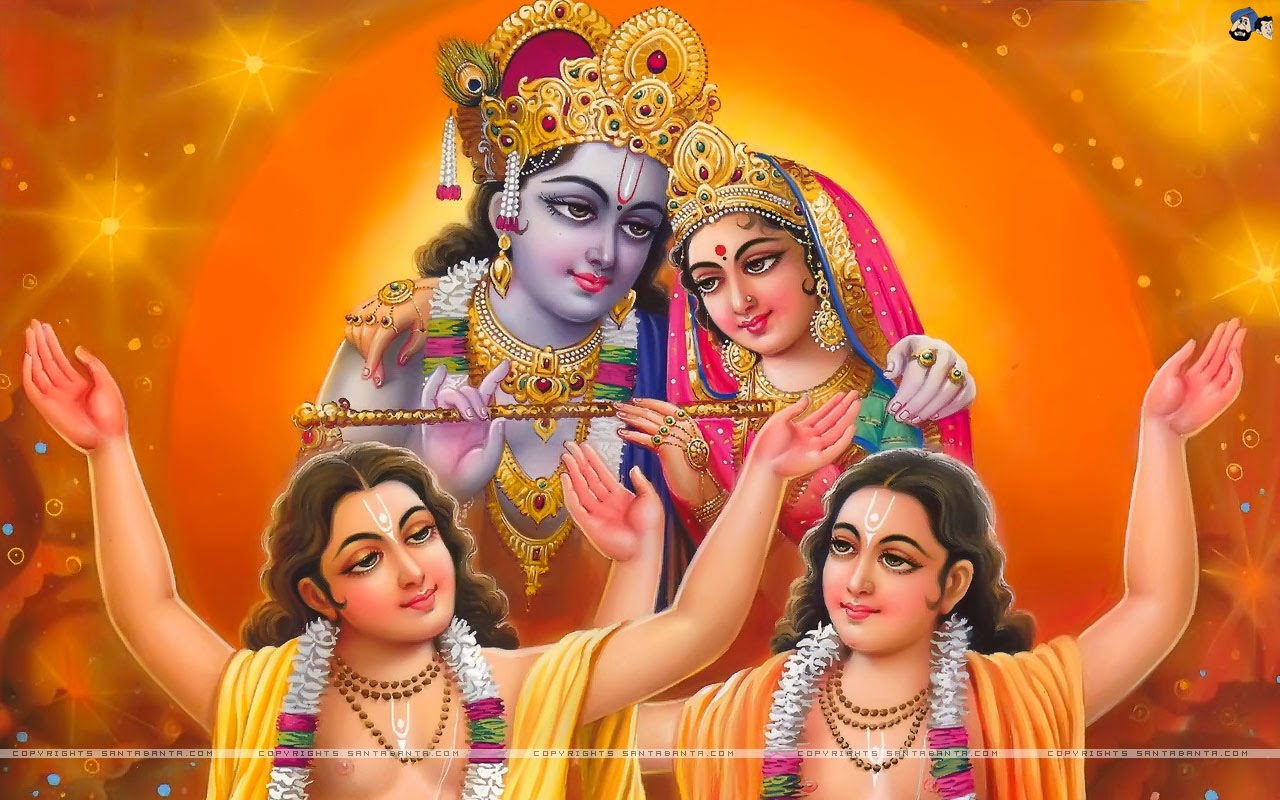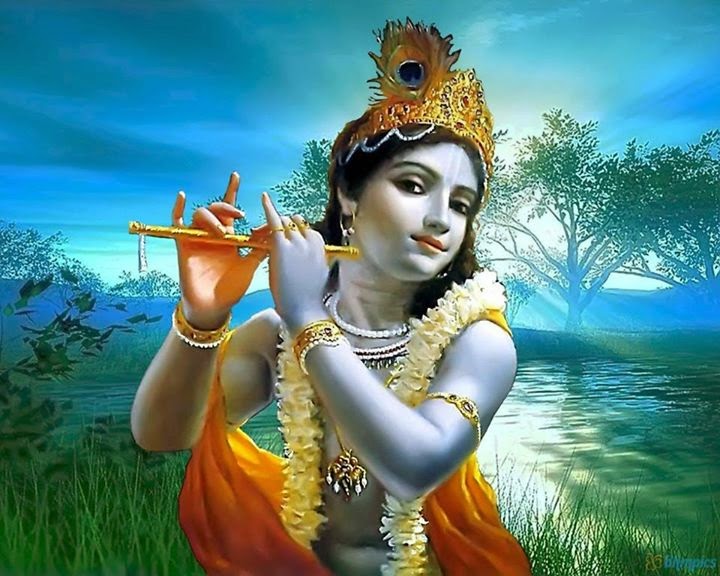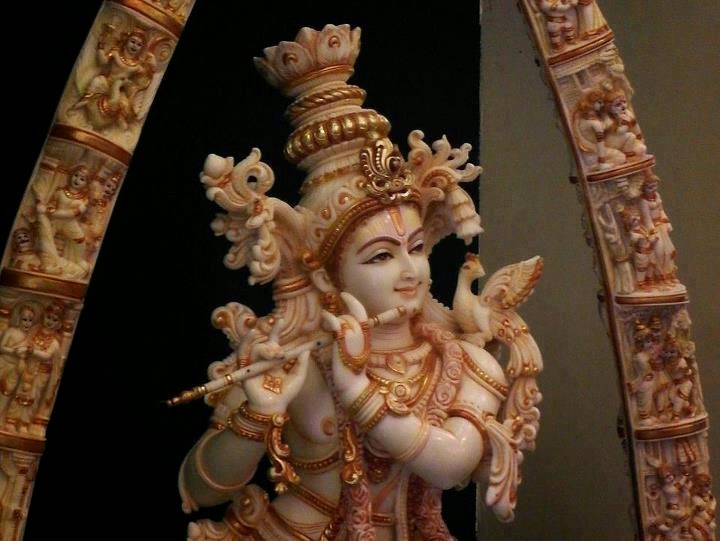The Spiritual Import of the Mahabharata and the Bhagavadgita : Ch-8. Part-6.

8. In Harmony with the Whole Universe : Part-6. What is this mould? The mould is there as a world, and there is no doubt about it. Who can deny that there is a world? No one; so that is one mould. We are cast into the mould of accepting, without any argument, that the world exists. And so many other corollaries of mould follow from this central mould of the acceptance of the fact that there is a world outside. If a world is there, it must have been created—it follows. It could not have suddenly jumped in from nowhere. Why should there be a Creator? Why should we accept that the world should have a Creator? Because of the fact that we have a certain mould of thinking that everything has a cause. We are accustomed to the observation of effects proceeding from causes. Everybody has come from somewhere; everything comes from something. We never see something suddenly popping up out of nowhere. Such a thing is unthinkable. Everything has to c...


.jpg)









